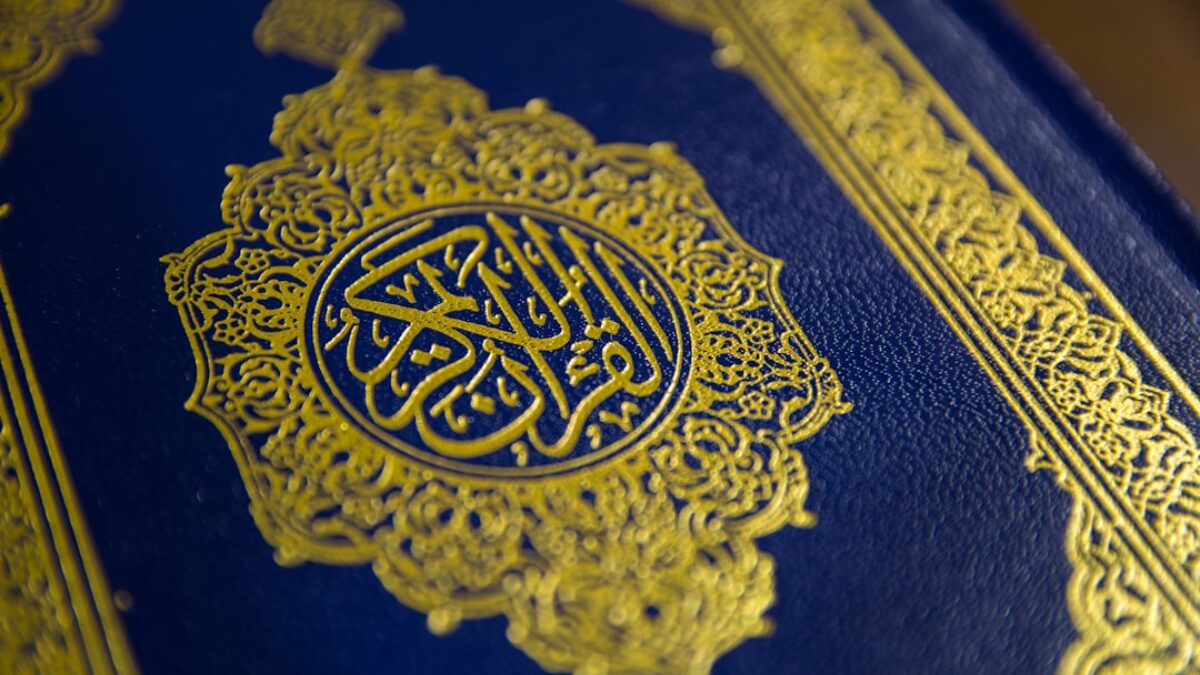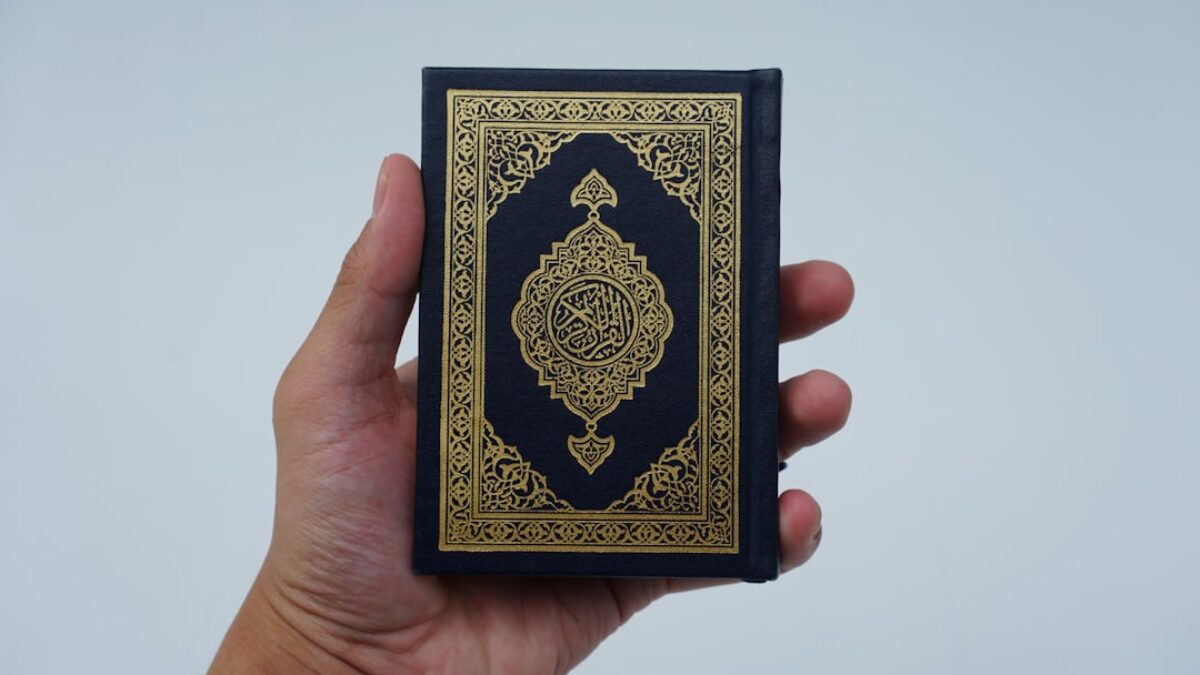The story of Islam is not a single narrative but a sweeping epic that spans fourteen centuries, three continents, and billions of lives. From the solitary revelations received by an unlettered merchant in the Arabian desert to the rise and fall of glittering caliphates, from bustling bazaars of Baghdad to the libraries of Córdoba, Islamic history offers a panoramic lens on how faith, power, culture, and trade have shaped our world. This article traces that journey—from the birth of Prophet Muhammad in 570 CE to the far-reaching legacies that still define politics, art, and spirituality today.
Understanding the Rise of Islam
To understand Islamic history, we must begin with Arabia in the sixth century: a patchwork of tribal alliances, nomadic caravans, and cosmopolitan trading posts such as Mecca and Medina. Society was polytheistic, oral poetry was prized above gold, and blood feuds could last generations. Into this milieu was born Muhammad ibn Abdullah in the Hashim clan of the Quraysh tribe. Orphaned early, he grew up to be known as al-Amī (the Trustworthy), a reputation that later secured his role as an arbitrator.
The Prophet’s Mission (610–632 CE)
- 610 CE: The first revelation—“Recite in the name of your Lord”—descends upon Muhammad in the cave of Hira through the angel Gabriel.
- 613 CE: Public preaching begins; early followers include his wife Khadija, cousin Ali ibn Abi Talib, and friend Abu Bakr.
- 622 CE: The Hijra migration to Medina marks the beginning of the Islamic calendar.
- 630 CE: Peaceful conquest of Mecca; the Ka‘ba is rededicated to monotheism.
- 632 CE: Farewell Pilgrimage and the Prophet’s death in Medina.
Key Teachings and Social Impact
Islam’s core tenets—shahāda (declaration of faith), ṣalāt (prayer), zakāt (almsgiving), ṣawm (fasting), and ḥajj (pilgrimage)—were revolutionary. They replaced tribal loyalties with ummah, a trans-tribal community, and elevated women’s inheritance rights, outlawed infanticide, and introduced legal protections for minorities.
Key Components of the Caliphates
After the Prophet’s death, leadership passed to a series of caliphs (successors). Each caliphate expanded geographically and developed distinct administrative, cultural, and theological profiles.
The Rightly Guided Caliphs (632–661 CE)
- Abu Bakr al-Siddiq (632–634): Consolidated Arabia through the Ridda Wars and began compiling the Qur’an.
- Umar ibn al-Khattab (634–644): Expanded into Syria, Egypt, and Persia; established the diwā salary system.
- Uthman ibn Affan (644–656): Standardized the Qur’anic text; faced dissent over nepotism.
- Ali ibn Abi Talib (656–661): Struggled with civil war; his assassination marks the Sunni-Shi‘a divide.
The Umayyad Caliphate (661–750): Empire of the Dome
With Damascus as its capital, the Umayyads created the first truly Islamic empire. Arabic became the lingua franca of administration, coinage was standardized with Arabic inscriptions, and monumental architecture—such as the Dome of the Rock in Jerusalem—proclaimed Islamic sovereignty. Yet Persian and Berber converts often chafed under Arab aristocracy, sowing seeds of rebellion.
Administrative Innovations
- Wālīs (provincial governors) ruled from Kufa, Fustat, and Qayrawan.
- Shurṭa (police force) and diwā (bureaucratic registry) kept order and finances.
- Trade routes stretched from al-Andalus (Spain) to Samarkand, facilitating silk and spice caravans.
The Abbasid Caliphate (750–1258): The Golden Age
The Abbasid Revolution (747–750) replaced Umayyad Arab exclusivism with a cosmopolitan regime centered on Baghdad. Here, scholars translated Greek, Persian, and Sanskrit works into Arabic, laying the groundwork for advances in algebra, optics, medicine, and astronomy.
| Field | Key Figures | Contributions |
|---|---|---|
| Medicine | Ibn Sīā (Avicenna) | Canon of Medicine used in Europe for 500 years |
| Mathematics | al-Khwārizmī | Introduced al-jabr (algebra) and Hindu-Arabic numerals |
| Optics | Ibn al-Haytham | Book of Optics pioneered scientific method |
| Philosophy | Ibn Rushd (Averroes) | Commentaries on Aristotle influenced medieval scholasticism |
Institutions of Learning
The House of Wisdom (Bayt al-Ḥikma) in Baghdad became a global magnet for scholars. Meanwhile, madrasas formalized legal education, and awqāf (religious endowments) funded hospitals, observatories, and public fountains.
Fragmentation and Successor States
By the 10th century, the Abbasid caliphs became figureheads while autonomous dynasties flourished:
- Fatimids (909–1171) built Cairo and al-Azhar University, promoting Isma‘ili Shi‘ism.
- Buyids (945–1055) ruled Persia as Shi‘a warlords but kept Abbasid caliphs as puppets.
- Seljuqs (1037–1194) revived Sunni orthodoxy and introduced the iqṭāʿ (land-grant) system.
Benefits and Importance of Studying Islamic History
Understanding Islamic history yields practical benefits that extend beyond academic curiosity:
- Interfaith Literacy: Comprehending the Sunni-Shi‘a schism clarifies modern geopolitical tensions in the Middle East.
- Cultural Heritage: Appreciation of Islamic architecture, from the Alhambra’s muqarnas to Istanbul’s domes, enriches global art history.
- Scientific Legacy: Renaissance Europe translated Arabic works, proving that knowledge flows across civilizations.
- Economic Insight: Medieval trade hubs like Samarkand and Málaga pioneered banking instruments such as suftaja (letters of credit).
- Legal Frameworks: Islamic jurisprudence (fiqh) introduced concepts of habeas corpus and contract law centuries before the West.
Practical Applications: How Islamic History Shapes Today’s World
Modern Governance
Constitutions in countries like Egypt, Pakistan, and Iran blend civil and sharia-inspired clauses. Studying the Madinah Charter—an early multi-faith covenant—offers templates for minority rights today.
Urban Planning
Elements of the traditional Islamic city—covered bazaars, caravanserais, and courtyard houses—inform sustainable design in arid climates. The wind-catchers of Yazd and shading arcades of Tunis reduce energy consumption in contemporary green architecture.
Financial Innovation
Medieval ḥawala (trust-based remittance) systems prefigured modern mobile money like Kenya’s M-Pesa. Islamic banking’s ban on ribā (usury) has inspired ethical finance products worldwide.
Cultural Diplomacy
UNESCO’s restoration of al-Qarawiyyin library in Fez and the Abu Dhabi Louvre highlight how historical narratives foster soft power and tourism revenue.
Frequently Asked Questions
What is the difference between Sunni and Shi‘a Islam?
The split originated over succession after the Prophet’s death. Sunnis believe the community should elect the most qualified leader, while Shi‘as hold that leadership should remain within the Prophet’s household, starting with Ali ibn Abi Talib. Over centuries, this evolved into different jurisprudence schools, theological doctrines, and rituals. Today, roughly 85-90 % of Muslims are Sunni, with Shi‘a majorities in Iran, Iraq, Bahrain, and Azerbaijan.
How did Islamic science influence Europe?
During the 12th-century Renaissance of translation, Latin scholars in Toledo and Sicily rendered Arabic texts into Latin. Gerard of Cremona alone translated over 80 works, including Ptolemy’s Almagest via Arabic. This influx reintroduced Aristotle to Europe, spurred universities like Salerno in medicine, and transmitted the zero and algebra that underpinned the Scientific Revolution.
Why did the Ottoman Empire claim the Caliphate?
After the Mongol sack of Baghdad in 1258, the Abbasid caliphate survived nominally in Cairo under Mamluk protection. In 1517, Ottoman Sultan Selim I defeated the Mamluks and transported the last Abbasid caliph to Istanbul. While initially symbolic, the Ottoman sultans increasingly emphasized their caliphal role when facing European colonialism in the 19th century, casting themselves as leaders of the global ummah.
What role did women play in early Islamic society?
Contrary to stereotypes, women were scholars, merchants, and patrons. Aisha bint Abu Bakr narrated over 2,000 hadiths, while Fatima al-Fihri founded the University of al-Qarawiyyin in 859 CE. Legal reforms granted women rights to inheritance, consent in marriage, and unilateral divorce (khulʿ) under certain conditions, though interpretations varied across regions and eras.
Is jihad primarily about warfare?
The Arabic word jihād literally means “struggle.” Islamic jurisprudence distinguishes between the greater jihad (inner spiritual striving) and the lesser jihad (armed defense). Early jurists set strict rules: no harm to civilians, proportionality, and authorization by legitimate authority. Many modern Muslim scholars argue that combating poverty and illiteracy can be contemporary forms of jihad.
How does Islamic history inform modern Middle East borders?
The 1916 Sykes-Picot Agreement carved Ottoman provinces into British and French mandates, ignoring centuries-old vilāyets and tribal confederations. Understanding the Arab Revolt (1916–1918) and subsequent Caliphate abolition in 1924 helps explain why movements like ISIS evoke the khilāfa as a symbol of lost
























Post Comment